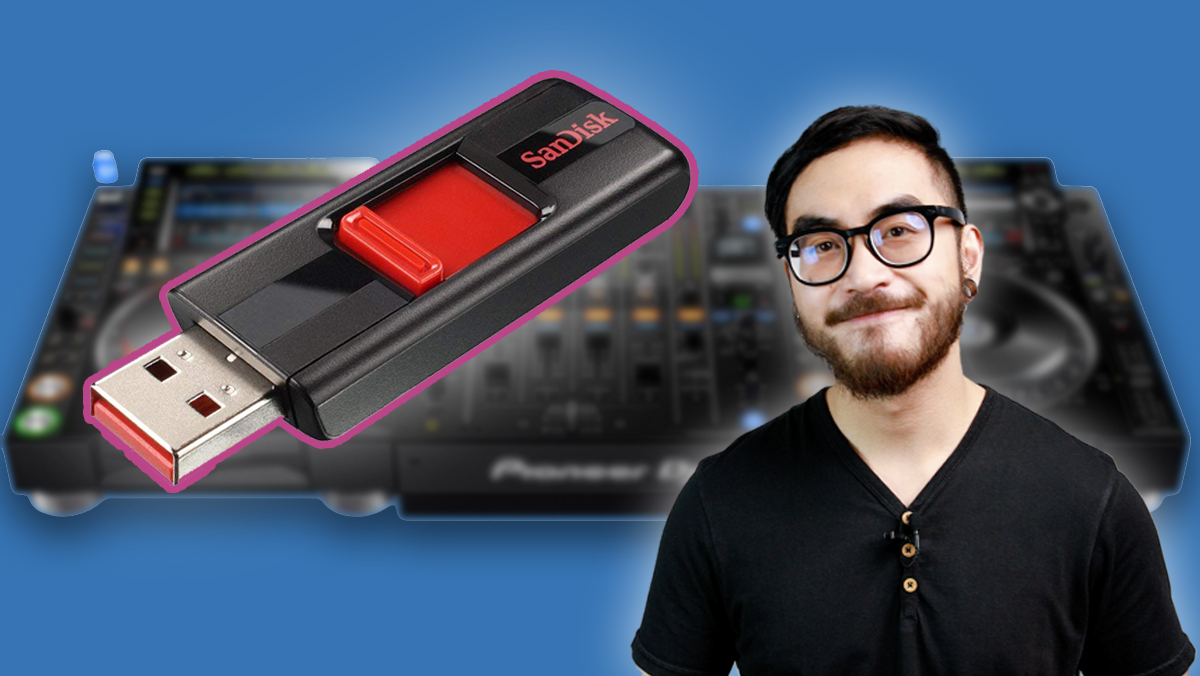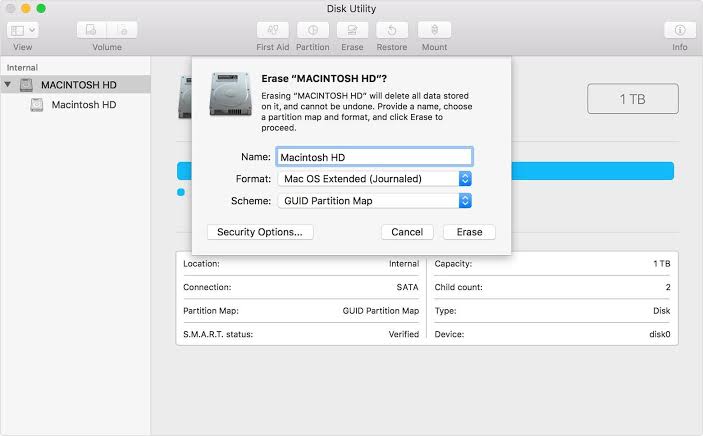
- #Format usb for mac os x how to#
- #Format usb for mac os x for mac#
- #Format usb for mac os x mac os#
- #Format usb for mac os x driver#
- #Format usb for mac os x Patch#
#Format usb for mac os x for mac#
NOTE: If the above steps do NOT resolve the problem, please back up your data and request a replacement using our online web form. Please choose the USB Drive Right-click on your selection and choose to format the USB Drive for Mac (Macintosh computers) Images Image USB Disc Menu.
#Format usb for mac os x Patch#
Some older operating systems must have a patch installed before they can use the exFAT file system. NOTE: MacOS 10.6.2 or higher is required for exFAT file system. NOTE: exFAT can be used on flash drives or memory cards to transfer files larger than 4GB. NOTE: exFAT is used on SDXC card (64GB and higher). When finished, the drive will be formatted and repartitioned successfully.
#Format usb for mac os x mac os#
Click the Format drop-down menu and select Mac OS Extended (Journaled). Select the upper level of the drive you would like to format and click the Erase buttonĤ. Under the Partition Layout header click on the 1 Partition option in the drop-down menu. In the top menu bar, go to View, and choose Show All Devicesģ.
#Format usb for mac os x how to#
Please See Answer 20985: How to access Disk Utility macOSĢ. Instructions below are for 10.13.x (High Sierra)ġ. Select this capacity.Ħ. Verify Volume Format is set to MS-DOS file system or exFAT, Scheme is set to “Master Boot Record” ( Do NOT select GUID Partition Map) then click Erase. Select the capacity of the drive respective to the one containing the device you wish to format then click the Erase tab.Įxample: If the drive is called "NO NAME", directly above that, you should see the drive capacity of "XXXX". On the left side of the window are the drives connected to the computer. Set the format to Mac OS Extended (Journaled) and the Scheme to GUID Partition. Click the Applications folder - if using a Finder Window Applications will be in the left side menu.ĥ. Select the drive description just above the drive name for the device you want to format. Double-click on Macintosh HD - or in the Finder menu click File > New Finder WindowĢ. Instructions below are for 10.11.x (El Capitan) and 10.12.x (Sierra)ġ.

With the ability to perform both read and write operations without 4GB file size limit.WARNING: Formatting will erase all data on the device. Now you are end up with a USB Drive that’s compatible for both Windows and Mac OS X. That’s it, the process should be fairly quick. You need to format the USB as exFAT or FAT32, both of which are supported by Mac and PC.

In other words, you can use USB with one of the file systems to easily access Windows and Mac and transfer data. (this is the same file format with lower case exFAT on Windows) Fortunately, there are two file systems supported by Mac and PC. Open your Mac or restart the device if you were already using it.

After that TransMac will create bootable Mac OS USB within few minutes. Open your Mac, navigate to 'Applications' and launch'Disk Utility'. Right Click on your USB drive option in TransMac and select Format Disk for Mac After that, right-click the USB Drive and select Restore with Disk Image Point to your Mac OS. On Mac, go to “Disk Utility” > find the USB and go under “ Erase” for the dropdown of Format select “ ExFAT”. The process below shows how to format a hard drive for Mac easily: 1. Note, when you do this all the existing data on your USB stick will be wiped and you won’t be able to recover. On Windows, just right click your removable drive > Format … > File System and select exFAT. To Format Your USB Stick into exFAT File System This file system works for both Windows and Mac, with limitations for Linux. To format your USB Flash Drive on a Mac: If you use your USB Flash Drive only on a Mac you will want to reformat it to HFS+ (Mac OS Extended (Journal)).
#Format usb for mac os x driver#
So if you have friends using Mac and try to share a large file bigger than 4GB, the only option you got is to format the USB driver in exFAT file system. On Mac OS X, even with the latest version of OS X 10.11 El Capitan write operation is not allowed.

NTFS, works across Windows but it’s read only on Mac. If you need to move any single file larger than 4GB this file system will not work for you. While there is nothing wrong with this file system, it only allow you to move up to 4GB per file. Upon mounting the new drive, you will see this dialog box. The existing File Format for a USB stick usually defaults to FAT32. To initalize your new FireWire drive under Mac OS X, simply plug your drive into your computer. This means, we need something that’s cross platform and works for both Windows and Mac. The whole point of having a USB stick is for portability and quickly sharing data between computers. Okay, let’s take a step back, there are quite a few reasons why you want to do this. You should always have your USB stick in exFAT file format, period.


 0 kommentar(er)
0 kommentar(er)
